Device Name: Deta Grid Connect Touchless Handwave Switch - 6931HA
Device Type: LightOther switch
Device Chip: CB3S - BK7231N
Device Purchased: Bunnings Warehouse - $59.32NZ
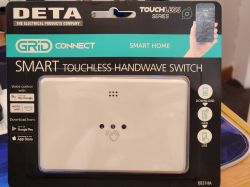
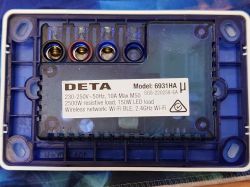
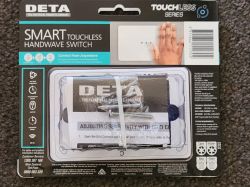
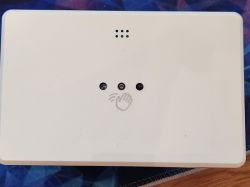
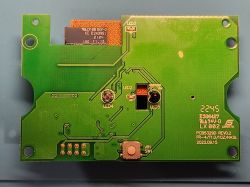
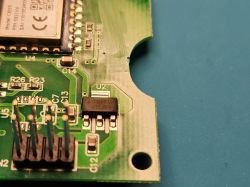
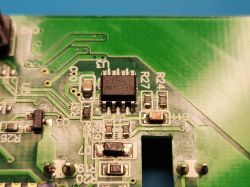
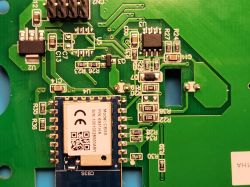
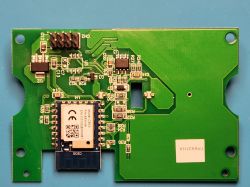
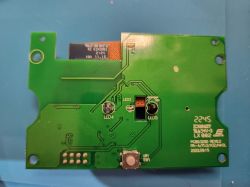
Flash Pins
Pin16 - TXD1
Pin15 - RXD1
Pin8 - VCC (3.3V)
Pin9 - GND
Config
To be determined.
Firmware Dump
Attached is stock firmware untouched.
Have not been able to find anyone with a similar product so not sure how to config this as yet, be keen for any help, in the mean time going to check hardware functionality with stock firmware then flash to see what I find. It seems to have two LEDs and an infrared receive diode in center of the PCB, I imagine one of the two LEDs is infrared.
Helpful post? Buy me a coffee.
Device Type: LightOther switch
Device Chip: CB3S - BK7231N
Device Purchased: Bunnings Warehouse - $59.32NZ










Flash Pins
Pin16 - TXD1
Pin15 - RXD1
Pin8 - VCC (3.3V)
Pin9 - GND
Config
To be determined.
Firmware Dump
Attached is stock firmware untouched.
Have not been able to find anyone with a similar product so not sure how to config this as yet, be keen for any help, in the mean time going to check hardware functionality with stock firmware then flash to see what I find. It seems to have two LEDs and an infrared receive diode in center of the PCB, I imagine one of the two LEDs is infrared.







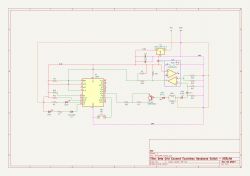
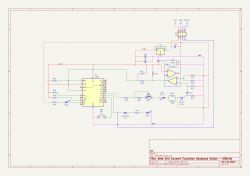
![[BK7231N/CB3S] Deta Grid Connect Touchless Handwave Switch 6931HA - Teardown [BK7231N/CB3S] Deta Grid Connect Touchless Handwave Switch 6931HA - Teardown](https://static.elektroda.pl/attach/thumb/IMG_1676_9264242.jpg)
![[BK7231N/CB3S] Deta Grid Connect Touchless Handwave Switch 6931HA - Teardown [BK7231N/CB3S] Deta Grid Connect Touchless Handwave Switch 6931HA - Teardown](https://static.elektroda.pl/attach/thumb/IMG_1675_1410971.jpg)